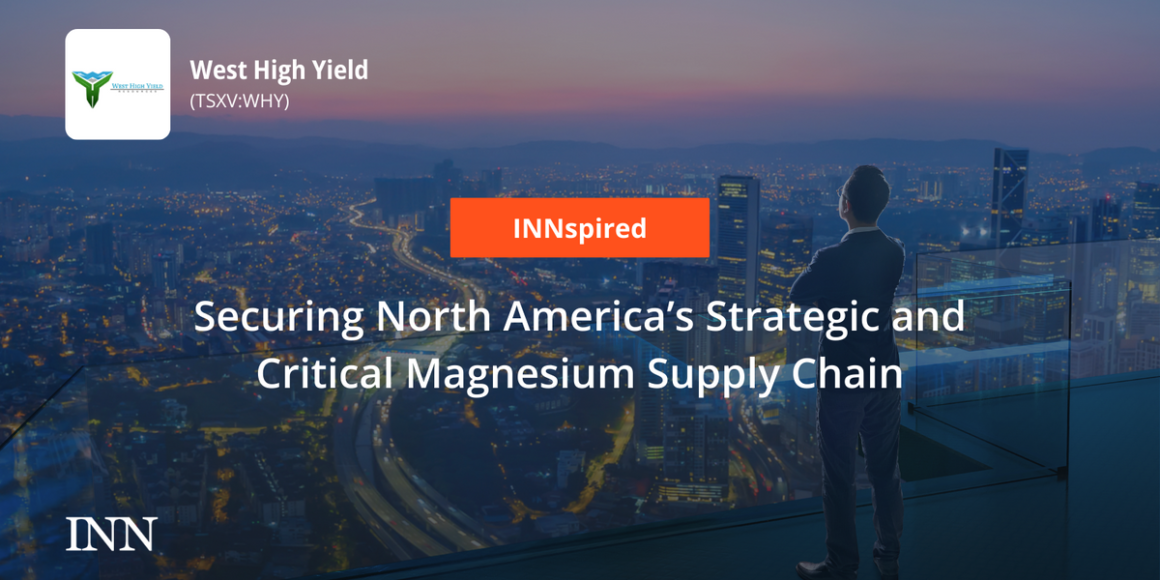Mining and exploration companies with compelling magnesium assets in geopolitically stable jurisdictions stand to greatly benefit from this push to shift away from Chinese magnesium — as do investors.
There are generally two types of magnesium alloy — general-purpose aluminum alloys and specialized alloys that contain minerals such as zinc, thorium and rare earth elements.
Magnesium is also a key component in the production of titanium, hafnium, zirconium and uranium, making it essential to the nuclear power industry. Other historic use cases of magnesium include improving the strength and malleability of white-cast iron, as an incendiary agent in pyrotechnic devices, manufacturing tooling plates for photo engraving, as an insulating material in refractory bricks and supplements such as multivitamins, antacids and laxatives.
Magnesium water batteries have a number of significant advantages over other battery technologies, with safety and sustainability chief among them. Because they contain highly flammable materials, conventional batteries tend to be prone to fires and explosions. Water batteries carry no such risk.
Magnesium is also non-toxic and more abundant than most other battery metals. This translates to lower manufacturing costs and greater overall sustainability, particularly where end-of-life disposal is concerned. In spite of these clear benefits, magnesium-based water batteries have traditionally been held back by several factors, including lower voltages and a shorter lifespan.
With higher charging capacity, safer and less costly than current battery chemistries, manufacturer and consumer adoption of magnesium-based batteries will likely increase due to reduced cost, safety and the elimination of range concerns.
That’s why this discovery is so significant — it could, in the long term, be the lynchpin that enables the widespread use of hydrogen as a fuel source.
In addition to the European Union, magnesium has been identified as a key strategic resource in both Canada and the US, and the two countries have both taken a similar approach to establishing a safe and secure domestic supply chain for the mineral.
Ultimately, both strategies have the same end goal — to develop a more prosperous economy by embracing sustainability and reducing over-reliance on exports from countries with long histories of heavy pollution, such as China.
Although the domestic North American supply chain for magnesium is still very much in its early stages, several projects have already emerged. We’ve detailed three of the most prominent below, along with information on the companies behind them.
Supporting infrastructure for the project, which is at the final stage of a 15 year permit process, is already in place. The mine is expected to begin production sometime in Q3 2024, with a near-term pathway to cash flow potential around the same timeframe. West High Yield is currently exploring additional offtake agreements with any interested parties.
Though the world faces an ongoing magnesium shortage, a solution rests just over the horizon. Governments and mining companies have been collaborating for multiple years to develop a sustainable domestic magnesium supply. In the process, they have generated — and will continue to generate — a multitude of significant and promising investment opportunities.
This INNSpired article was written according to INN editorial standards to educate investors.
INN does not provide investment advice and the information on this profile should not be considered a recommendation to buy or sell any security. INN does not endorse or recommend the business, products, services or securities of any company profiled.


Leave a Reply